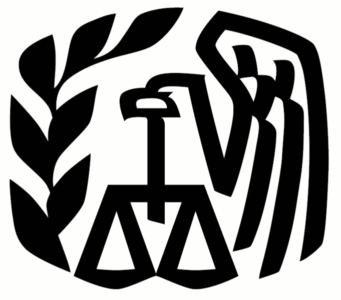Originally published on Passive Activities and Other Oxymorons on May 27th, 2011.
____________________________________________________________________________
Private Letter Ruling 201120036
Nothing like a slightly sensational headline to grab their interest. This is probably not the work of the vast right wing conspiracy. I’ve made a desultory attempt to figure out the organization involved but haven’t had any luck yet. I’ve included a link to the full text so maybe you can figure it out. The most frustrating part about private letter rulings is their anonymity. Of course that is the fun part because you can try to figure out who it is or just make something up. So here is the story.
Org X has been denied its application for exempt status. X’s members are for the most part employees of Y. They are a little confused as to when they started :
Page 1 of the Form 1023 application states your organization, X, was formed as an unincorporated association on December 1, 1992, as this is when the Y Company formally recognized you as an employee caucus group. However, the document entitled “X Original Charter” indicates you were formed on July 20, 1995. visibility within the Y Company and beyond to its members, and to provide an official point of contact between its membership and Y, as well as with other gay, lesbian, bisexual, and transgender organizations external to the Y Company.” You also indicate having the Y Company become the employer of choice for individuals of the lesbian, gay, bisexual, and transgender community where these individuals can work in a culture of equality and enjoy successful employment.
That type of institutional memory problem is common to membership organizations that evolve with different viewpoints on where it all began. It’s probably better if you can keep it consistent within the Form 1023, but I don’t think that was there major problem.
The organization has some significant achievements:
Past achievements made by you and additionally listed in the activity narrative and in documentation included with the application include working with the Y Company to implement Extended Household Healthcare Benefits in 1995, assisting in adding “sexual orientation” into the company’s anti- discrimination policy in 2004, the granting of Domestic Partner benefits to lesbian, gay, bisexual, and transgender and straight employees (in Canada in 1994 and the United States in 1997), creating and deploying workplace guidelines to aid employees and their managers and becoming an advocate for lesbian, gay, bisexual, and transgender employees who have experienced harassment in the workplace. And in 2006 you joined the Business Coalition for Domestic Partner Benefits Tax Equity. Your organizing document also lists documentation to support similar activities in your “Goals” section.
As a result of your efforts within the Y Company, you, as well as the Y Company, have received several forms of external recognition. These include the Y Company being placed on several best places to work list for lesbian, gay, bisexual, and transgender employees and have received several corporate leadership awards from your efforts, specifically in 1996, 2003, 2005 and 2007.
There are probably enough clues in there to figure out who the Y Company is, but I haven’t been able to.
So what is the problem with X’s application for exempt status ?
….you have stated in a “Performance Excellence Plan” submitted with your application, that your goals and objectives include increasing public awareness of the Y Company’s commitment to member employees, grow awareness of the Y Company brand in the members community and assist the Y
Company in regaining a “leadership position” in the members market. You also stated that you took part in a job fair as representatives of the Y Company to enable the Y Company to demonstrate its diverse workforce. As this court case indicated, promotion of a for-profit industry and/or business is a substantial nonexempt purpose and, even as a secondary activity, precludes exemption under section 501(c)(3) of the Code. Furthermore, as with the case involving the Better Business Bureau of Washington, D.C., regardless of the number of truly exempt activities, the non-exempt purpose of your organization is too substantial to ignore, especially when considering you are primarily funded by the Y Company.
It would be a little tedious for me to list them all but in its denial of exemption under 501(c)(3), the IRS suggests numerous times that X consider 501(c)(5) “Labor, agricultural, or horticultural organizations“. Besides continuing to maintain that they qualify under (c)(3) they refuse to do that because:
In your response you have stated that applying for exemption under section 501(c)(5) is not an option, as this would result in you and your members violating the policies of the Y Company, as the Y Company does not allow its employees to establish labor organizations.
So enlightened as the Y Company may be on LGBT issues, they don’t want no union organizers hanging around the shop.
I still want to figure out who the Y Company is. One other clue is that X indicated that it had joined the Business Coalition for Domestic Partners Benefits Tax Equity in 2006. The membership list is pretty impressive.
I’m going to ask some of my leftist friends what they would think about the X organization that celebrates the LGBT friendly policies of the union busting Y company.































































































